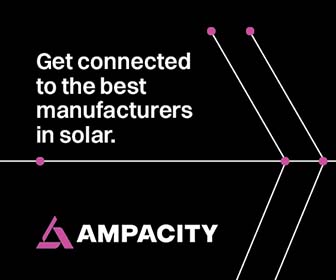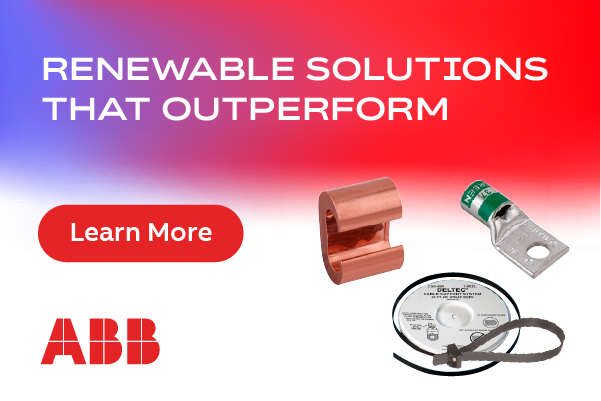Unique Requirements for Solar Projects for Agriculture
Energy is the lifeblood of many businesses, including agriculture. Solar energy can offer agribusinesses the opportunity to convert vacant or hard-to-farm land into power generation facilities that can significantly reduce electricity costs, achieve energy independence, and improve cash flow. It's no wonder more and more agricultural businesses are investing in solar energy.
The basics of whether solar is right for an ag business are the same as for any home or business owner; the availability of sunlight, the cost of utility electricity, and the cost of the energy system, all factor into whether the investment makes business sense. For homeowners and urban businesses, the decision to go solar is often based on these factors alone.
Utility-Scale Projects
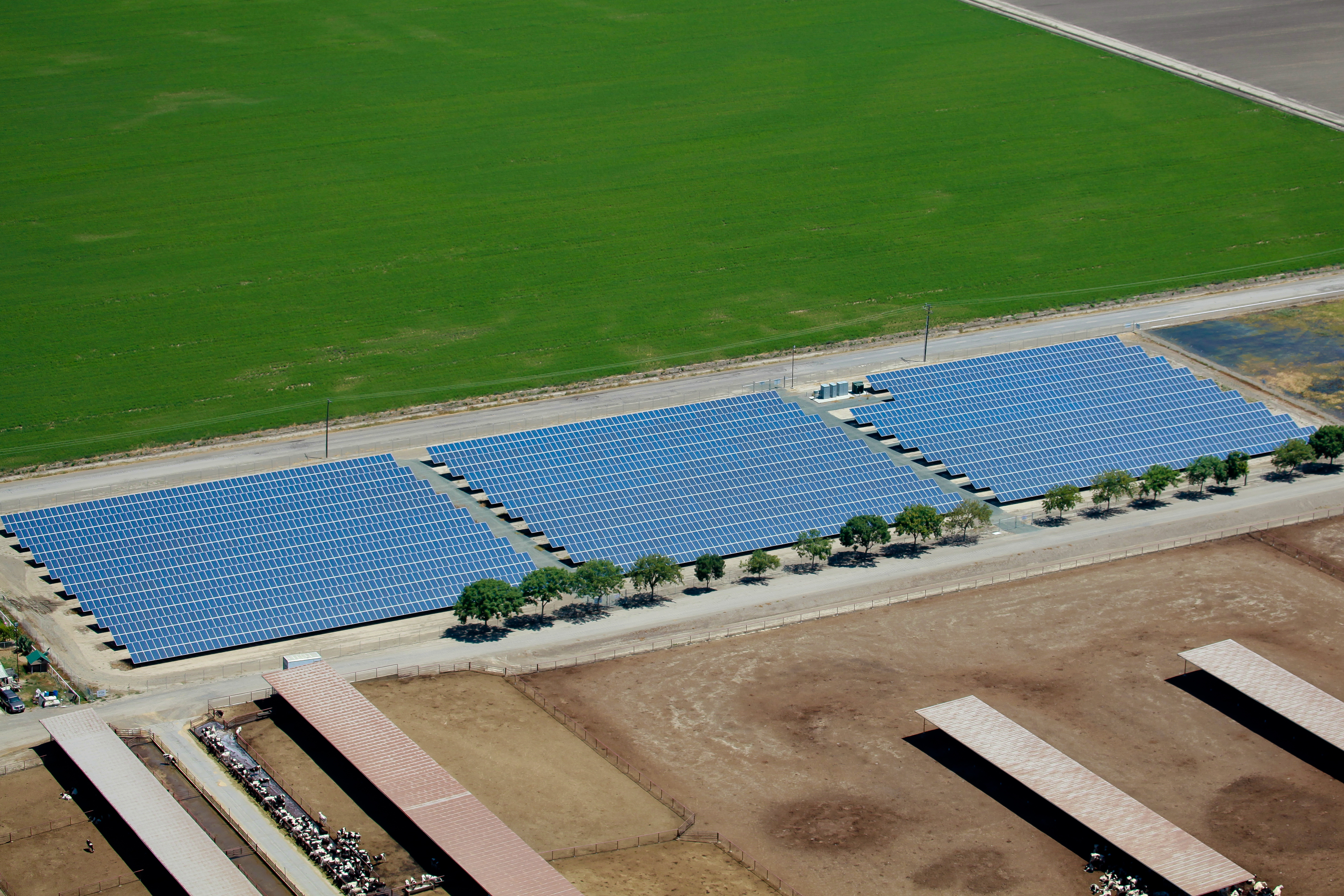 For agricultural businesses, once those basic issues are determined to "pencil-out," the issues unique to ag need to be considered. The decision to go solar for farms, dairies, and orchards can be complicated because the requirements and conditions vary so widely. Environmental conditions, site conditions, mounting options, and the location of public utility connections, are very different than the requirements for a home or business in a built-out neighborhood or business park.
For agricultural businesses, once those basic issues are determined to "pencil-out," the issues unique to ag need to be considered. The decision to go solar for farms, dairies, and orchards can be complicated because the requirements and conditions vary so widely. Environmental conditions, site conditions, mounting options, and the location of public utility connections, are very different than the requirements for a home or business in a built-out neighborhood or business park.
Ag solar projects also differ from a typical residential or commercial solar project. Consider their their sheer magnitude; a 1 Megawatt (MW) system, for example, is not uncommon, and will require approximately 4 to 6 acres of land, over 3,000 solar panels, tons of mounting hardware, miles of wiring, and thousands of electrical connections. This kind of system is considered, by many agencies, to be utility-scale.
Site Considerations
It's also important to identify the best location for a solar energy system. In most ag businesses, that means finding the most suitable land. In addition to optimizing the sun exposure for the solar panels, the soil should be tested and analyzed to determine if any issues would impact the performance of a solar energy system.
For example, very coarse sand or soils that drain poorly can result in topsoil shifting, sinking, or eroding near the base of equipment. The location of the system in relation to the water table is also important for the stability of the mounting structures. Slight shifts in the soil can occur - the system needs to be designed to handle that possibilty.
Ag businesses should test soil for corrosive elements. Factors that influence the severity and rate of corrosion include the inherent moisture content, conductivity of the soil media, pH, and the oxygen concentration. Chemicals used in farming, such as fertilizers, grain and silage preservatives, chemicals for pest/disease/weed control, and proprietary acid solutions for cleaning dairy equipment, can also be significantly corrosive. Not to mention animal waste.
Structural Durability
Because ag solar installations are often in rural areas with little in the way of protection from the elements, and in areas where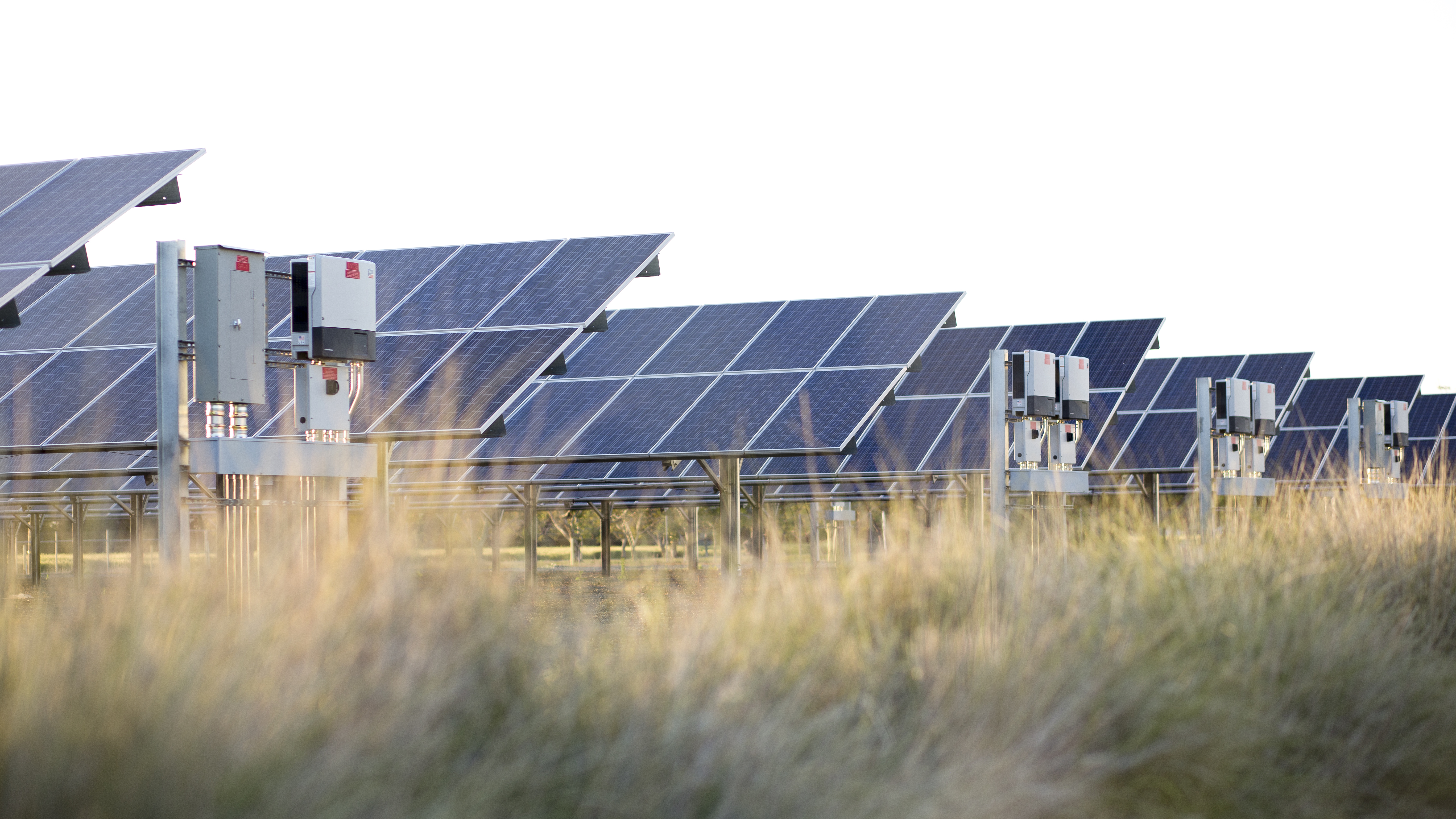 weather conditions can be particularly harsh, the structural durability of the panels, mounting systems, and electrical connections are all critical to long-term performance. High winds, heavy rain and snow, and temperature swings can strain electrical wiring, panel positioning, panel performance and more.
weather conditions can be particularly harsh, the structural durability of the panels, mounting systems, and electrical connections are all critical to long-term performance. High winds, heavy rain and snow, and temperature swings can strain electrical wiring, panel positioning, panel performance and more.
Loose wiring can cause fires or degrade electricity production. Standard wire management practices, like using zip ties to bundle cables, may work fine in an ordinary home or business solar system, but can quickly wear out in a rural environment where weather conditions and animal activity can put exposed wiring at risk. Protecting wiring with hard conduits is a better option.
Net Metering and Net Energy Metering Aggregation
One of the policies that can make grid-tied solar energy cost-effective for any home or business is net metering; the owner of the system receives credit of excess energy generated, and pays only the difference (net) between what is consumed and what is sent back to the grid. By allowing the meter to spin backwards, the utility gives the owner the ability to receive credit for daily excess energy generated by the solar system. The "Net" is then simply calculated at the end of the year when the final utility bill is trued-up. In states like California, which has among the highest electricity rates in the U.S., net metering has played a significant role in the adoption of solar energy by homeowners and business owners, including agricultural businesses.
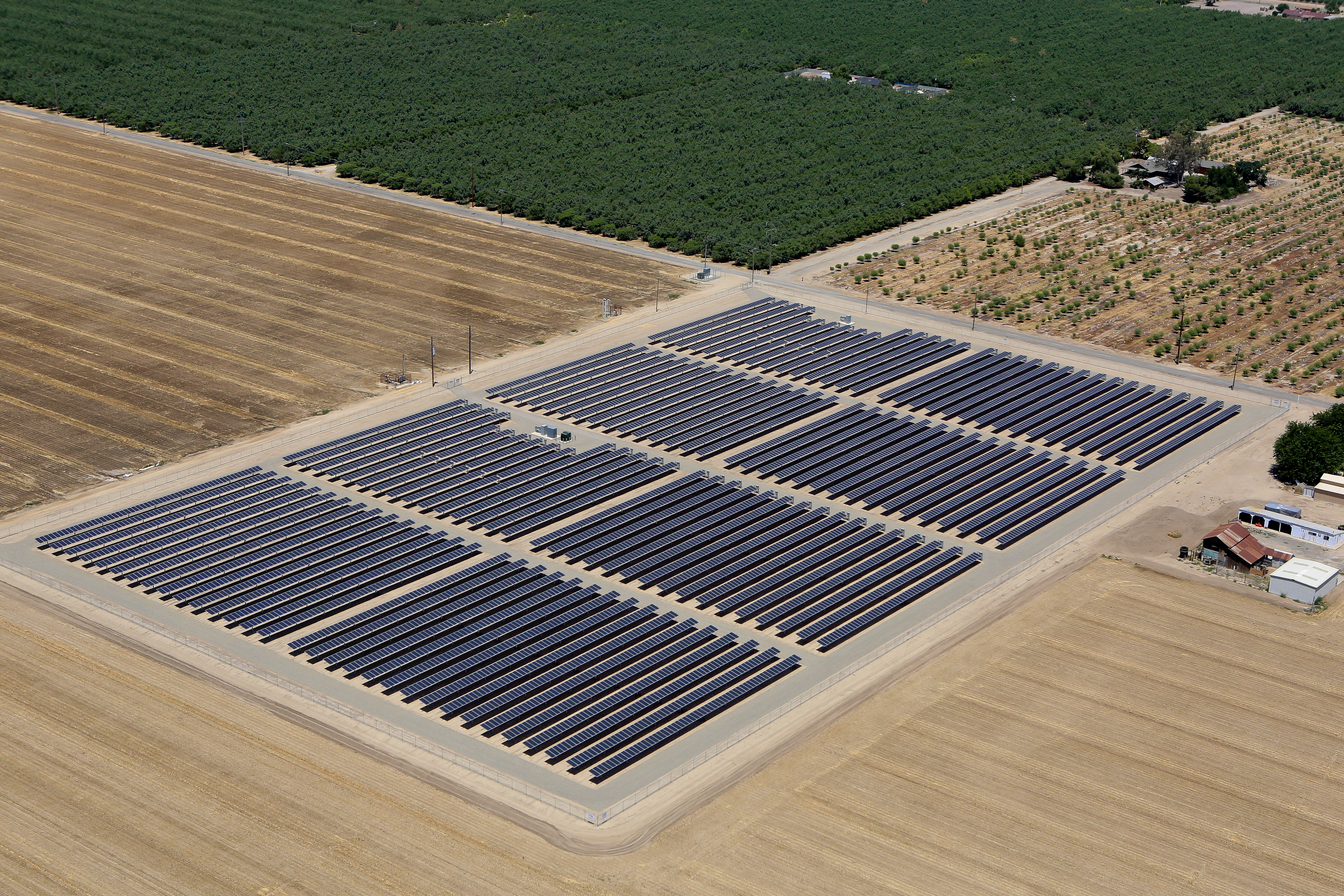 Net Energy Metering Aggregation (NEMA) is a different animal (pardon the expression) for agriculture businesses. Many farms, dairies, and orchards have widely distributed facilities - pump stations, homes, production facilities, barns, storage buildings and more. Agribusinesses can have dozens of meters spread throughout thousands of acres of land. With NEMA, utilities allow a single solar power plant to offset all electricity used by the business, even those not directly powered by the solar energy system (with some restrictions).
Net Energy Metering Aggregation (NEMA) is a different animal (pardon the expression) for agriculture businesses. Many farms, dairies, and orchards have widely distributed facilities - pump stations, homes, production facilities, barns, storage buildings and more. Agribusinesses can have dozens of meters spread throughout thousands of acres of land. With NEMA, utilities allow a single solar power plant to offset all electricity used by the business, even those not directly powered by the solar energy system (with some restrictions).
Environmental Benefits
Of course, solar energy reduces the carbon footprint of any user, and agriculture businesses have an implicit stake in protecting the environment. In businesses where consumers prefer sustainably raised products, the environmental benefits of solar energy can translate directly into additional economic benefits.
Harvesting the Sun
Solar energy isn't right for every agribusiness, but when it is, the economic and environmental benefits can be powerful. In fact, in many cases agricultural businesses can generate more income per acre from solar energy, than they do for the crops or products they produce, even taking into account high-yield crops like wine grapes and almonds.
The price of solar panels have dipped to all-time lows, and the federal Investment Credit Tax, which provides a 30 percent price reduction in most cases, has been extended through 2020. Some states have additional tax deductions to make solar energy even more attractive. Where utilities allow it, NEMA allows solar power system owners to offset electricity use in all metered facilities. When conditions are right, ag business owners are finding that a solar energy system can pay for itself in just a few years.
Sean Hood is president of project development and GTM and Coldwell Solar in Rocklin, California.
Coldwell Solar | www.coldwellsolar.com
Volume: 2017 November/December








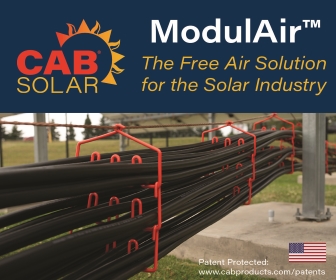
.png?r=2579)

